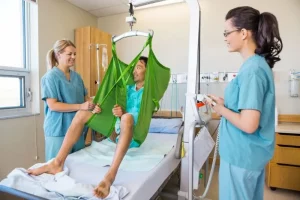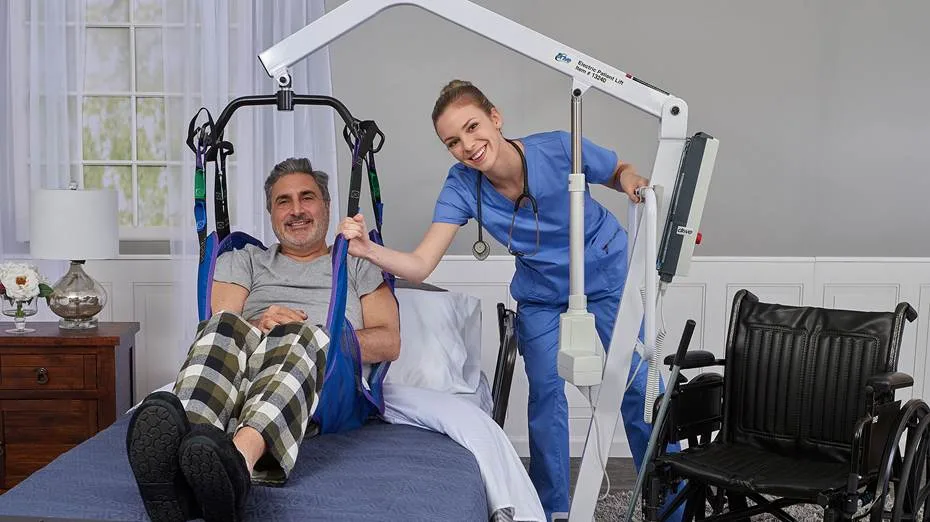Transfer hoists use a vertical boom and sling for patient support, ensuring safe transfers in healthcare settings. They come in various types like ceiling-mounted and bariatric to meet diverse needs, improving mobility assistance. These lifts reduce injury risks, maintain dignity, and aid caregivers in efficient care delivery. Safety checks and emergency protocols ensure reliability. Understanding their operation helps healthcare facilities offer top-notch support for patients with mobility challenges, creating a safe and nurturing environment. Embracing transfer hoists is crucial for quality care in healthcare facilities. Learn how do transfer lifts work to assist with mobility and patient transfers. In the article, read about how do transfer lifts work? and their benefits.
Key Takeaways
- Transfer lifts use booms, slings, bases, and controls for safe and efficient patient transfers.
- They cater to varying mobility challenges with ceiling-mounted, portable, sit-to-stand, and bariatric options.
- Transfer lifts enhance patient comfort, dignity, and reduce the risk of injuries for both patients and caregivers.
- Safety measures like stability checks, user positioning guidelines, and emergency stop procedures ensure reliability.
- These lifts promote a secure healthcare environment, support caregivers, and improve overall care delivery.
Understanding Transfer Lifts
Understanding Transfer Lifts: How These Vital Mobility Aids Facilitate Safe Patient Transfers in Health Facilities. Transfer lifts are indispensable tools that aid healthcare providers in transferring patients safely and comfortably. These devices help prevent injuries to both patients and caregivers during transfers, ensuring a smooth and secure movement process. Understanding the proper use and benefits of transfer lifts is pivotal for promoting a safe and supportive healthcare environment.
Types of Transfer Lifts
When considering transfer lifts for healthcare settings, it is important to understand the various types available to meet specific patient needs and facility requirements. Common types include ceiling-mounted lifts, portable lifts, sit-to-stand lifts, and bariatric lifts. Each type offers unique features and benefits tailored to different situations, ensuring safe and efficient transfers for patients with varying mobility challenges in health facilities.
Components of Transfer Lifts
A fundamental aspect of transfer lifts lies in their intricate design, which comprises vital components that work seamlessly to facilitate safe and efficient patient transfers within healthcare environments.
- Boom: Provides vertical movement.
- Sling: Supports the patient during transfer.
- Base: Offers stability and mobility.
- Controls: Allow operators to manipulate lift functions smoothly.
Benefits of Transfer Lifts
Transfer lifts offer vital benefits in healthcare settings by providing necessary mobility assistance to patients, facilitating smoother and safer transfers between beds, chairs, and other surfaces. This not only improves patient comfort and dignity but also decreases the risk of injuries for both patients and caregivers. Moreover, transfer lifts boost caregiver support, enabling them to assist patients more efficiently and effectively in their daily activities.
Mobility Assistance in Healthcare
In healthcare settings, the implementation of transfer lifts significantly improves patient mobility and accessibility within health facilities.
- Improved patient comfort during transfers.
- Decreased risk of injury for both patients and healthcare providers.
- Enhanced independence and dignity for individuals with mobility challenges.
- Streamlined and efficient transfer processes for better overall care delivery.
Improving Patient Transfers
Improving patient comfort and safety, transfer lifts play a significant role in facilitating smooth and secure transfers within healthcare settings. These lifts decrease the risk of injury for patients and caregivers alike, ensuring a more seamless transfer experience. By offering stability and assistance during transfers, transfer lifts boost the overall quality of care received by patients, fostering a sense of security and well-being in healthcare environments.
Enhancing Caregiver Support
Caregivers undergo improved assistance through the use of transfer lifts, boosting the effectiveness and safety of patient transfers in healthcare settings.
- Reduces physical strain on caregivers.
- Elevates patient comfort during transfers.
- Improves overall transfer efficiency.
- Minimizes the risk of patient falls or injuries.
Safety Measures for Transfer Lifts
Ensuring the safety of individuals during transfers is paramount in health facilities. Lift stability checks, proper user positioning, and emergency stop procedures are essential safety measures when utilizing transfer lifts. By following these guidelines diligently, healthcare providers can create a secure environment for both patients and staff.
Lift Stability Checks
Performing regular stability checks on transfer lifts is crucial to guarantee the safety and reliability of these essential mobility aids in health facilities. To confirm lift stability, follow these steps:
- Check for loose or damaged parts.
- Examine the base for any indications of wear or instability.
- Test the brakes to make sure they are functioning correctly.
- Confirm that all locking mechanisms are secure before each use.
User Positioning Guidelines
To guarantee the safe and effective use of transfer lifts in health facilities, following proper user positioning guidelines is paramount. Ensuring that individuals are correctly positioned in the lift helps prevent accidents and injuries. Caregivers should always adhere to recommended techniques to maintain stability and security during transfers. Proper positioning additionally promotes comfort and dignity for those being lifted, cultivating a supportive and respectful environment.
Emergency Stop Procedures
In the event of an urgent situation while using transfer lifts in health facilities, quick and decisive action is crucial to guarantee the safety of both the individual being lifted and the caregivers involved.
- Emergency Stop Button: Locate and press the urgent stop button immediately.
- Notify Staff: Inform healthcare personnel of the situation.
- Follow Protocols: Adhere to urgent procedures outlined in the facility.
- Stay Calm: Maintain composure to make sure a safe resolution.
Operating Transfer Lifts
Operating transfer lifts demands proper training and a keen understanding of the equipment’s functionalities to guarantee safe and efficient patient transfer. Caregivers must be proficient in operating controls, securing harnesses, and ensuring the patient’s comfort throughout the process. Following operational guidelines strictly minimizes risks and promotes a smoother transfer experience for both patients and caregivers. Effective communication and attentiveness are key to successful lift operations.
Maintenance of Transfer Lifts
Proper maintenance of transfer lifts is crucial to guarantee their longevity and safe functionality for seamless patient transfers in healthcare settings. To keep transfer lifts in top condition, consider the following maintenance tips:
- Regularly inspect lift components for signs of wear and tear.
- Clean the lift according to manufacturer guidelines.
- Lubricate moving parts to prevent friction and ensure smooth operation.
- Schedule routine maintenance checks by qualified technicians.
Considerations for Choosing Transfer Lifts
When selecting transfer lifts for healthcare facilities, prioritizing patient comfort, safety, and convenience of use is paramount. Consider factors like weight capacity, ease of maneuverability, and compatibility with different patient needs. Assess the space available for storage and operation, ensuring the lift fits the facility’s layout. Seek user-friendly designs that promote smooth transfers, promoting a seamless and dignified experience for patients.

Integration of Transfer Lifts in Health Facilities
Incorporating transfer lifts into health facilities simplifies patient transfers, enhancing efficiency and ensuring best care delivery.
- Improved Patient Safety: Reduces the risk of falls during transfers.
- Enhanced Staff Well-being: Minimizes physical strain on healthcare workers.
- Faster Transfers: Facilitates quicker and smoother movement of patients.
- Better Resource Allocation: Maximizes the utilization of staff time and facility resources.
Frequently Asked Questions
Can Transfer Lifts Be Used for Patients of All Sizes and Weights?
Transfer lifts can accommodate patients of various sizes and weights. It’s crucial to make sure that the specific lift being used has the capacity to safely support the individual. Always follow manufacturer guidelines and consult with healthcare professionals for proper usage.
Are There Specific Training Requirements for Staff Members Operating Transfer Lifts?
Staff members operating transfer lifts should undergo specific training to guarantee safe and efficient use. Training covers proper techniques, equipment familiarity, and patient handling skills. This training is crucial to prevent accidents and injuries during transfers.
How Do Transfer Lifts Accommodate Patients With Limited Mobility or Specific Medical Conditions?
Transfer lifts accommodate patients with limited mobility or specific medical conditions by providing secure and controlled transfers. They offer support for individuals unable to move independently, ensuring safety during transfers between surfaces such as beds, chairs, and wheelchairs.
What Are the Costs Associated With Installing and Maintaining Transfer Lifts in Health Facilities?
The expenses associated with acquiring and maintaining transfer lifts in health facilities include initial acquisition, installation fees, continuous upkeep, repair expenses, and possible training costs. It is essential to budget for both upfront and long-term financial commitments for efficient utilization.
Are There Any Regulations or Guidelines That Health Facilities Must Follow When Implementing Transfer Lifts?
Health facilities must adhere to regulations and guidelines when implementing transfer lifts. These standards guarantee safe and effective use, safeguarding both patients and staff. Adherence to these rules is vital for maintaining a secure and supportive environment.
Conclusion
E, transfer lifts play a critical role in providing assistance to individuals with limited mobility in health facilities. By understanding the mechanics and benefits of transfer lifts, healthcare professionals and caregivers can guarantee the safety, comfort, and independence of patients during transfers. It is vital to follow safety measures, operate and maintain transfer lifts effectively, and consider the specific needs of patients when choosing the right type of transfer lift for integration in healthcare settings.
You May Also Like:







